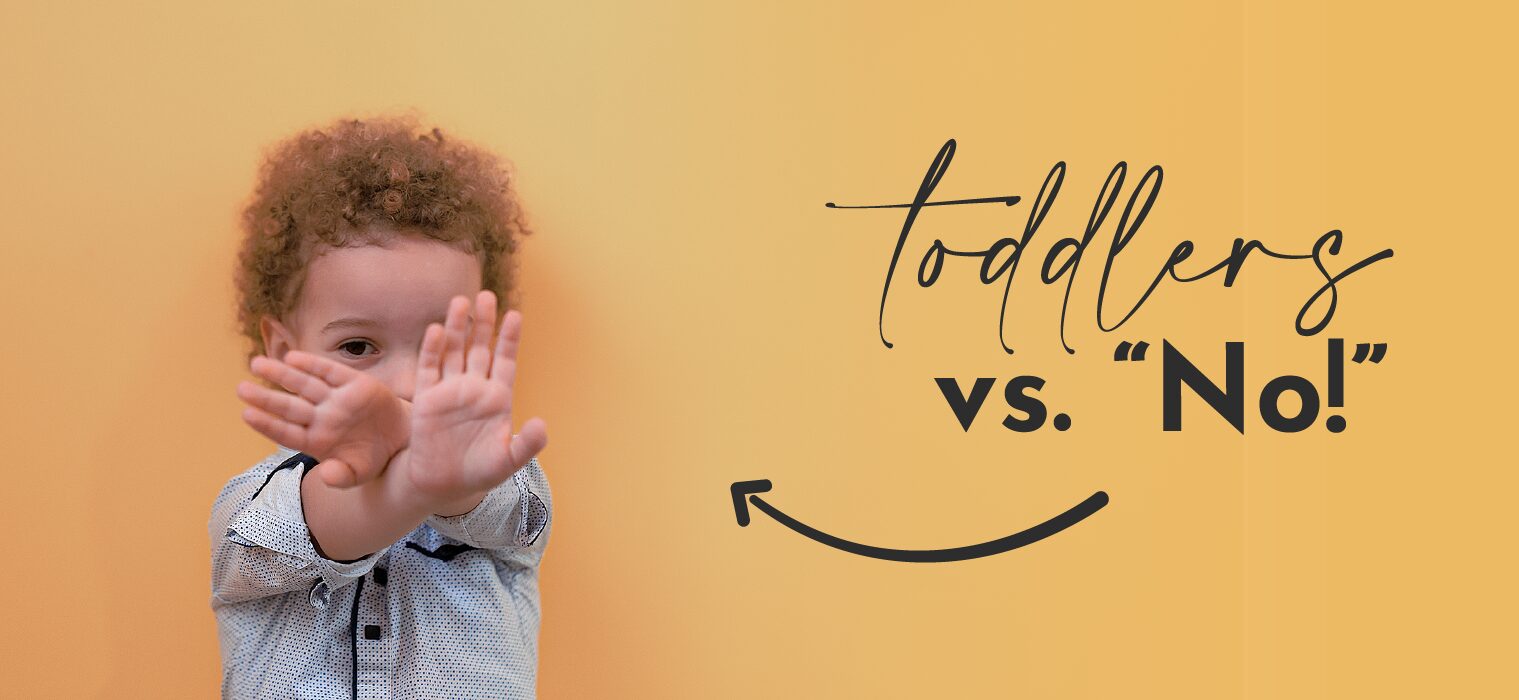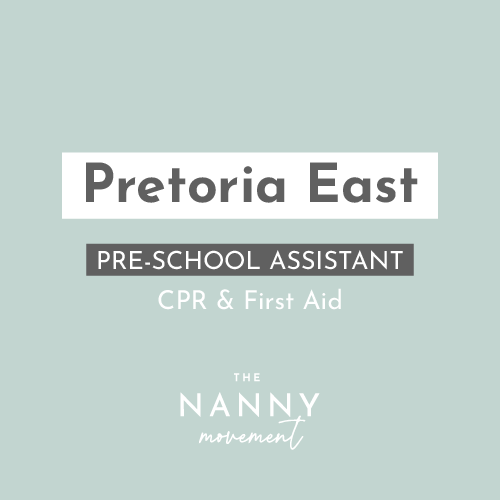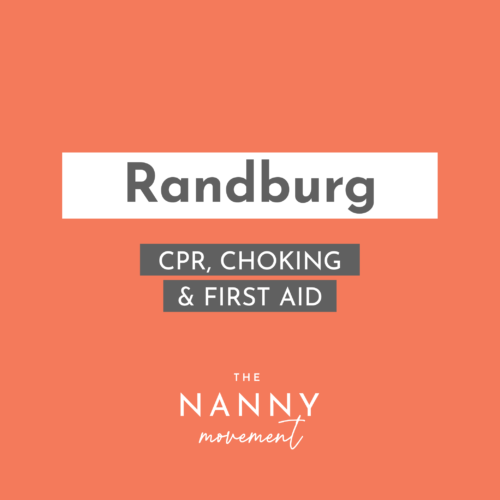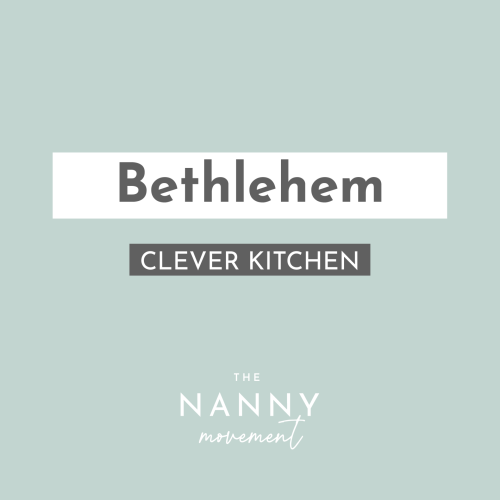Toddlers love to say “no” because they are at a powerful developmental stage where they’re beginning to understand that they are their own person, separate from their caregivers. This stage, often called “the terrible twos,” is actually a critical window for developing independence, decision-making, and self-identity.
Here’s a breakdown for caregivers on why toddlers say “no,”
and how to support them through boundaries and independence:
Why “No” Is so important for toddlers
- Development of autonomy
Between 18 months and 3 years, toddlers begin to develop a sense of self-control and independence (Erikson’s stage of autonomy vs. shame and doubt). Saying “no” is their way of testing boundaries and learning what control they have over their environment.
Saying “no” is not defiance—exploring power and emotional self-expression.
2. Language Development
“No” is short, easy to pronounce, and very effective in getting attention or expressing a need. Toddlers often experiment with cause and effect as language grows, and “no” delivers an apparent effect!
- Emotional growth
Saying “no” can help toddlers express big feelings they can’t yet explain (frustration, overstimulation, fatigue).
They’re learning to regulate their emotions; boundaries help them do that.
How to set boundaries while encouraging Independence
- Offer controlled choices
Instead of asking yes/no questions (“Do you want to put on your shoes?”), try: • “Do you want your blue shoes or red shoes?”
- “Would you like to brush your teeth before or after your bath?”
This gives toddlers a sense of control while still achieving their goal.
- Stay consistent with limits
Toddlers feel safer when they know what to expect.
- If the answer is no (for safety, behavior, etc.), stay calm and firm.
- Use short, clear explanations: “I won’t let you hit. That hurts.”
- Validate their feelings
Even when you can’t give in:
- Say: “I hear that you don’t want to stop playing. It’s hard to stop. It’s time for lunch now.” • This shows empathy, while still enforcing the rule.
- Be a calm anchor
Toddlers are learning how to handle disappointment. If you don’t react emotionally to their “no,” you help them learn emotional regulation.
- Avoid power struggles. Take a deep breath, stay calm, and redirect.
- Encourage independence through routines
Let toddlers:
- Help clean up toys
- Feed themselves, even if it’s messy
- Help choose their clothes
This meets their need for independence in a guided way.

Home-based caregiver tips
Scenario Instead of… Try…
Dressing time “Do you want to get dressed?” “Which shirt—stripes or animals?” Mealtime refusal “You have to eat now!” “Would you like two more bites or three?” Leaving the park “We’re leaving now!” “One more slide or one more swing?”
Giving a child control
This means allowing the child to make the decisions, often without limits or structure. Examples:
- Letting the child decide whether to brush their teeth.
- Asking, “Do you want to go to bed now?” instead of giving a clear bedtime routine.
Risks of giving too much control:
- The child may feel overwhelmed (they aren’t developmentally ready to lead). • It can lead to power struggles.
- It makes it more challenging to set boundaries later.
- This can increase anxiety in some children due to too much responsibility. Offering a child a choice
This means the adult remains in charge of what needs to happen but gives the child a say in how it happens.
Examples:
- “It’s time to brush teeth. Do you want the blue toothbrush or the red one?”
- “We’re leaving in 5 minutes. Would you like to say goodbye to your friend now or in 2 minutes?”
Benefits of offering choices:
- Gives the child a sense of autonomy within safe limits.
- Reduces power struggles by giving them a voice.
- Supports decision-making skills and emotional regulation.
- Keeps the caregiver in a leadership role.
Key difference:
- Control shifts decision-making power to the child.
- Choice allows for independence, while the adult still sets the limits.
When toddlers say “no,” they’re not being bad—they’re learning to be themselves. By setting firm but loving boundaries and giving them safe ways to be independent, you build confidence, emotional intelligence, and a foundation of respectful communication.
The Nanny Movement covers all these topics and more in our workshops.
Workshops we currently have available:
Comprehensive
Nanny Training
Part 1
Comprehensive
Nanny Training
Part 2
CLEVER
KITCHEN
WORKSHOP
Clever
Cooking
Workshop
PRE-SCHOOL
ASSISTANT
WORKSHOP
SPECIAL
NEEDS
WORKSHOP
Newborn Care
Essentials
Workshop
MOM AND
NANNY
WORKSHOP
Workshops launching soon:
Domestic Queen
Part 1 Cleaning
Masterclass
Domestic Queen
Part 2 Laundry
Masterclass
-

21 November – Silver Lakes Pre-School Assistant & CPR, choking & first aid
Price range: R1,410.00 through R2,160.00 -

20 November – Silver Lakes Newborn Care Essentials Training & CPR, choking & first aid
Price range: R1,410.00 through R2,160.00 -

16 November – Randburg CPR & First Aid Training
R890.00 -

6 December – Bethlehem Clever Kitchen Workshop
R1,410.00
Useful sources:
- For those interested in nanny training, visit The Nanny Movement website for more information.
- If you’re curious about our recruitment process, be sure to check out our comprehensive guide: Recruitment Process: Everything You Need to Know.




